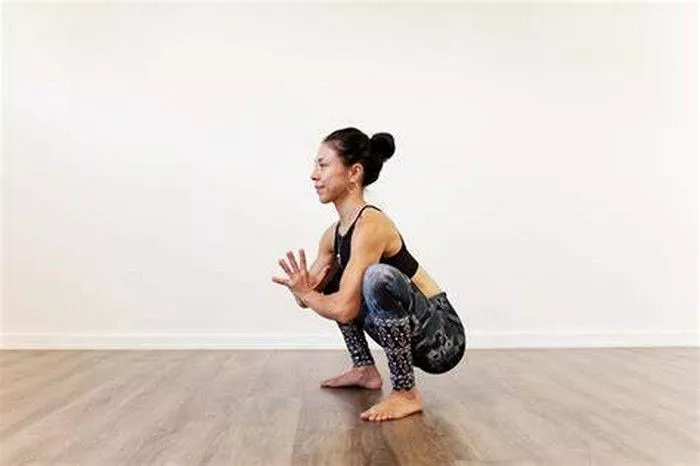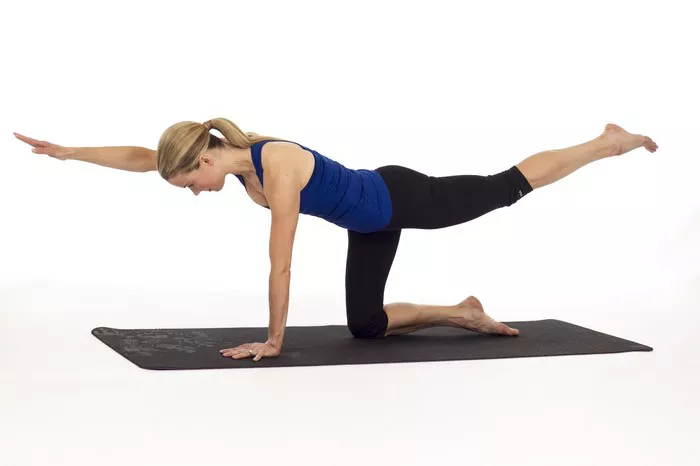Yoga is often celebrated for its multifaceted benefits, ranging from stress relief to improved flexibility and strength. Among the many styles of yoga, Vinyasa yoga has gained significant popularity for its dynamic, flowing sequences that link breath with movement. But can practicing Vinyasa yoga help you lose weight? The answer is a nuanced “yes,” depending on various factors such as consistency, intensity, and lifestyle. This article will explore the relationship between Vinyasa yoga and weight loss, offering insight into how this style of yoga can contribute to a healthier body and mind.
What Is Vinyasa Yoga?
Vinyasa yoga, often referred to as “flow yoga,” emphasizes a continuous flow of movements synchronized with the breath. Unlike static yoga styles like Hatha, Vinyasa is dynamic, involving a series of poses (asanas) that transition seamlessly from one to another. A Vinyasa class typically begins with a warm-up, progresses to a series of standing and balancing postures, and concludes with cooling stretches and relaxation.
Key characteristics of Vinyasa yoga include:
Dynamic Sequences: Movements are fluid, creating a dance-like flow.
Breath-Driven Practice: Each movement is coordinated with either an inhale or exhale.
Variety: Sequences often vary between classes, preventing monotony and offering diverse physical challenges.
This style of yoga is often set to music and can range from moderate to intense in difficulty, depending on the pace and complexity of the class.
The Relationship Between Yoga and Weight Loss
To understand how Vinyasa yoga might help with weight loss, it’s important to consider the general principles of weight management:
Caloric Deficit: Weight loss occurs when you burn more calories than you consume.
Exercise: Physical activity helps create a caloric deficit by increasing energy expenditure.
Diet: Nutrition plays a significant role in maintaining a healthy weight.
Holistic Well-being: Stress, sleep, and mental health can impact weight regulation.
Yoga, including Vinyasa, supports weight loss by addressing many of these factors. While not as calorie-intensive as high-impact exercises like running or cycling, yoga offers a combination of physical activity, stress management, and mindfulness that promotes sustainable weight loss.
How Vinyasa Yoga Supports Weight Loss
Here are the main ways Vinyasa yoga can help with weight management:
1. Burning Calories
Vinyasa yoga is a vigorous style that can raise your heart rate and improve cardiovascular fitness. A 60-minute session can burn anywhere from 300 to 500 calories, depending on the intensity and your body weight. This makes Vinyasa yoga comparable to other moderate-intensity activities like brisk walking or dancing.
Factors influencing calorie burn include:
Intensity: Faster-paced classes burn more calories.
Duration: Longer sessions increase total caloric expenditure.
Body Composition: Individuals with more muscle mass typically burn more calories.
2. Building Strength and Muscle Tone
Vinyasa yoga incorporates poses that engage multiple muscle groups, such as:
Plank Pose (Phalakasana): Strengthens the core, arms, and shoulders.
Warrior Poses (Virabhadrasana I and II): Target the legs, glutes, and core.
Chaturanga Dandasana (Low Plank): Builds upper body strength.
Strength training through yoga increases lean muscle mass, which in turn boosts your resting metabolic rate (RMR). A higher RMR means you burn more calories even at rest.
3. Enhancing Metabolism
The flowing movements of Vinyasa yoga stimulate blood circulation and oxygen delivery to tissues, improving overall metabolic function. Twisting poses, such as Revolved Triangle (Parivrtta Trikonasana) or Twisted Chair (Parivrtta Utkatasana), are believed to support digestive health and metabolism, which can aid in weight loss.
4. Reducing Stress and Emotional Eating
Chronic stress triggers the release of cortisol, a hormone that can lead to weight gain, especially around the abdomen. Vinyasa yoga helps reduce cortisol levels through its emphasis on breathwork and mindfulness. As you focus on your movements and breath, you cultivate a sense of calm and mental clarity, which can:
- Prevent emotional or stress-induced eating.
- Promote healthier food choices by increasing awareness of hunger and satiety cues.
5. Improving Sleep Quality
Poor sleep is linked to weight gain, as it disrupts hormones that regulate appetite (ghrelin and leptin). Vinyasa yoga’s relaxing effects, particularly during the final resting pose (Savasana), can improve sleep quality. A well-rested body is better equipped to manage weight effectively.
6. Encouraging Mindful Eating
Yoga fosters a deeper connection between the mind and body, making practitioners more attuned to their eating habits. With increased mindfulness, you’re less likely to overeat or consume unhealthy foods out of boredom or stress.
Maximizing Weight Loss with Vinyasa Yoga
To optimize the weight-loss potential of your Vinyasa yoga practice, consider the following tips:
1. Choose the Right Class
- Opt for classes labeled as “Power Vinyasa” or “Intermediate/Advanced” for higher intensity.
- Look for classes that incorporate core-strengthening and cardio-like flows.
2. Practice Consistently
- Aim for 3–5 sessions per week to see noticeable results.
- Combine yoga with other forms of exercise, such as strength training or cardio, for a balanced fitness routine.
3. Focus on Form
- Proper alignment maximizes muscle engagement and prevents injury.
- Consider taking in-person classes or online tutorials to refine your technique.
4. Pair with a Healthy Diet
- Eat a balanced diet rich in whole foods, such as vegetables, lean proteins, healthy fats, and complex carbohydrates.
- Avoid processed foods and sugary snacks.
5. Incorporate Mindfulness Practices
- Use meditation or breathing exercises to enhance self-awareness and reduce stress-related eating.
6. Set Realistic Goals
- Weight loss through yoga may be slower but more sustainable than crash diets or extreme workouts.
- Celebrate non-scale victories, such as improved flexibility, reduced stress, or better sleep.
Who Can Benefit Most from Vinyasa Yoga for Weight Loss?
Vinyasa yoga is ideal for individuals who:
- Enjoy creative and varied workouts.
- Prefer a holistic approach to fitness.
- Want to improve flexibility and strength while losing weight.
- Are looking to reduce stress and cultivate mindfulness.
However, those with significant weight loss goals or medical conditions should consult a healthcare professional before starting any new exercise regimen.
Conclusion
Yes, you can lose weight with Vinyasa yoga, especially when it’s practiced consistently and paired with a healthy lifestyle. While it may not offer the same calorie burn as high-intensity workouts, Vinyasa yoga stands out for its holistic benefits, supporting not just physical fitness but also mental and emotional well-being. Over time, this balanced approach can lead to sustainable weight loss and a healthier, happier you.
By embracing Vinyasa yoga as part of your wellness routine, you’re not just working toward a leaner body but also cultivating a stronger, more resilient mind. Whether you’re stepping onto the mat for the first time or deepening an existing practice, Vinyasa yoga offers an empowering journey toward lasting health and vitality.
Related Topics:

























